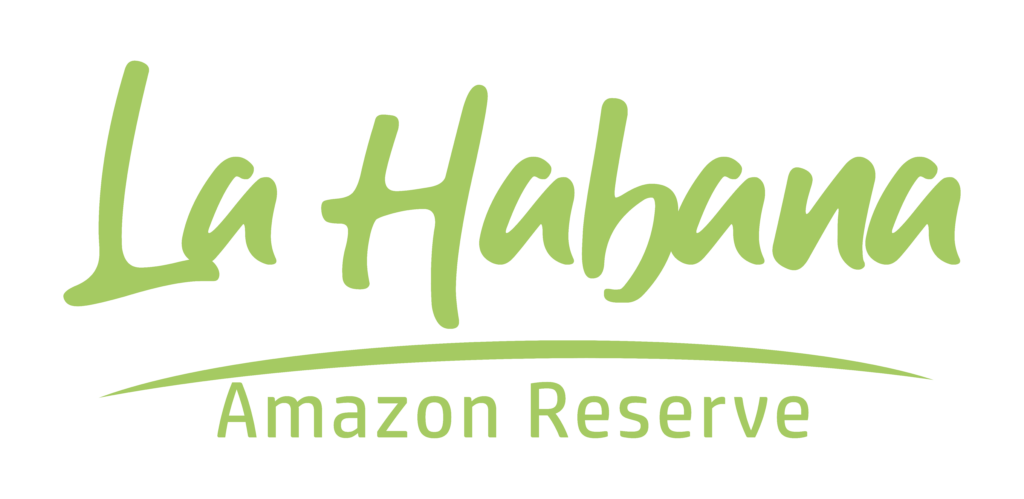The Green Heart of America: The Peruvian Amazon
The Peruvian Amazon is one of the most extraordinary and biodiverse destinations on the planet. Located in the heart of the South American continent, it encompasses a vast region of tropical forest that forms a fundamental part of the Amazon rainforest, the green lung of the world. This vast natural paradise is not only a refuge for countless species of fauna and flora but also a place where indigenous cultures maintain a deep and respectful connection with their environment. In the following, we will explore the natural and cultural wealth, the challenges faced by the Peruvian Amazon, and the opportunities for travelers seeking an immersive experience in one of the planet’s most valuable ecosystems.
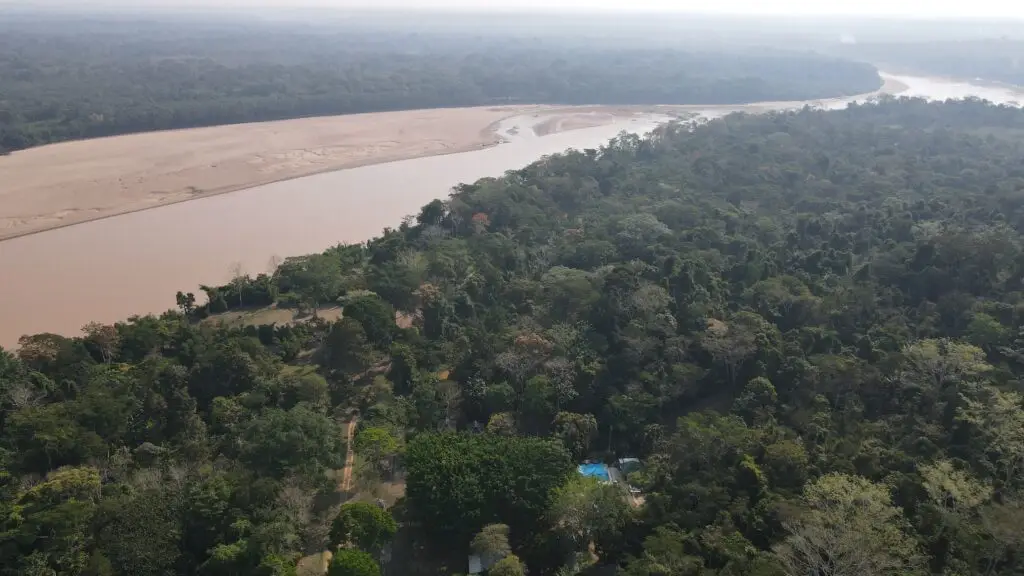
An Ecosystem of Unmatched Diversity
The Peruvian Amazon harbors one of the highest concentrations of biodiversity in the world. It is home to thousands of plant and animal species, many of which are found nowhere else. The rainforest serves as a sanctuary for majestic creatures such as the jaguar, the pink river dolphin, and the howler monkey, while its skies are filled with vibrant macaws, toucans, and exotic birds. The rivers, which wind through the dense vegetation, are habitats for caimans, anacondas, and an incredible variety of fish. Additionally, the region’s flora ranges from towering trees to medicinal plants that indigenous communities have used for centuries.
This abundance of life has made the Peruvian Amazon a global focal point for biologists and conservationists. With more than 40,000 plant species, 1,800 bird species, and hundreds of mammals, the region is a living laboratory that still holds mysteries to be discovered. Visiting this ecosystem is an opportunity to connect with nature in its purest form and observe species found nowhere else on Earth.
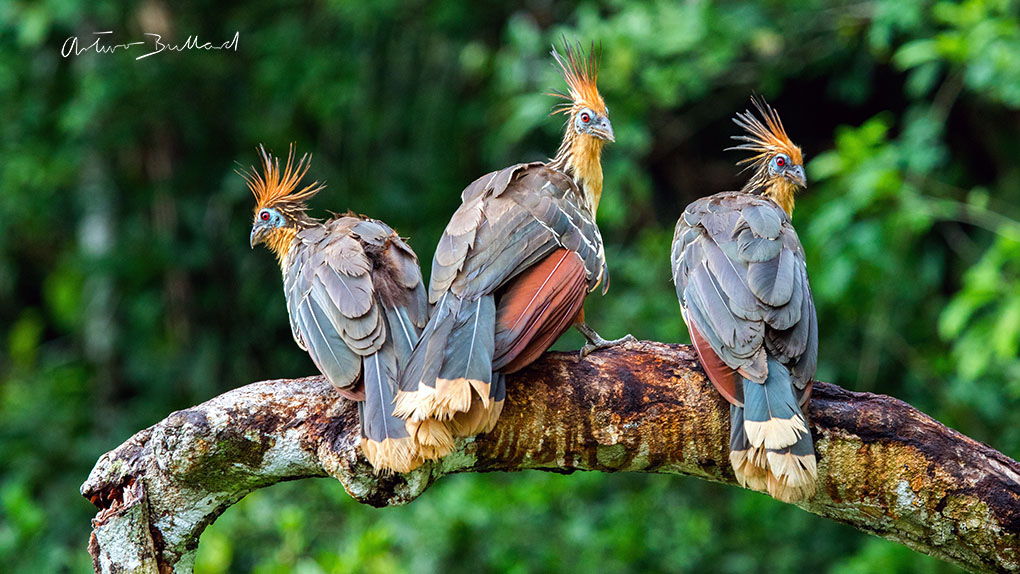
Protected Areas and Natural Reserves
The Peruvian government has taken significant steps to protect the Amazon by creating protected areas. Among the most prominent is the Manu National Park, one of the largest and most biodiverse natural reserves in the world, designated a UNESCO World Heritage Site. This park is home to an enormous diversity of ecosystems ranging from tropical rainforests to cloud forests. Other areas, such as the Tambopata National Reserve and the Manu Biosphere Reserve, also play a crucial role in the conservation of endangered species and the preservation of the rainforest.
These protected areas not only ensure the survival of fauna and flora but also promote sustainable tourism. Thanks to these initiatives, travelers can explore the jungle while contributing to its conservation through responsible practices.
Indigenous Culture: Guardians of the Forest
The Peruvian Amazon is not only a natural paradise but also the ancestral home of various indigenous communities. Peoples such as the Shipibo-Conibo, Asháninka, and Ese Eja have lived in these lands for generations, maintaining a deep and respectful relationship with their environment. These communities possess invaluable knowledge about plants, animals, and the cycles of nature, passed down from generation to generation.
Travelers who visit the Amazon have the unique opportunity to learn from these ancient cultures. Through community-based eco-tourism, visitors can experience indigenous villages, participate in traditional ceremonies, and discover how these communities have learned to live in harmony with nature. Moreover, responsible tourism directly supports the livelihoods of these communities and strengthens their efforts to preserve their territories and way of life.
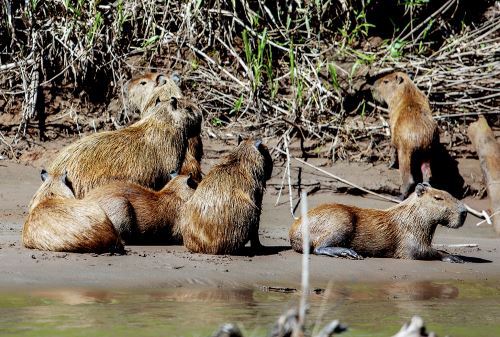
Eco-Tourism: Adventure and Sustainability
Eco-tourism in the Peruvian Amazon is one of the most popular ways to explore this region. Travelers can embark on thrilling adventures, including jungle treks, canoe expeditions, birdwatching, and night safaris to discover the rainforest’s nocturnal life. Guided by local experts, visitors can immerse themselves in the area’s biodiversity while learning about the importance of conservation.
By choosing eco-tourism, travelers also contribute to the preservation of this ecosystem. Many of the tourism initiatives in the region are designed to have a low environmental impact and support local communities, ensuring that the rainforest remains a natural refuge and a source of livelihood for future generations.
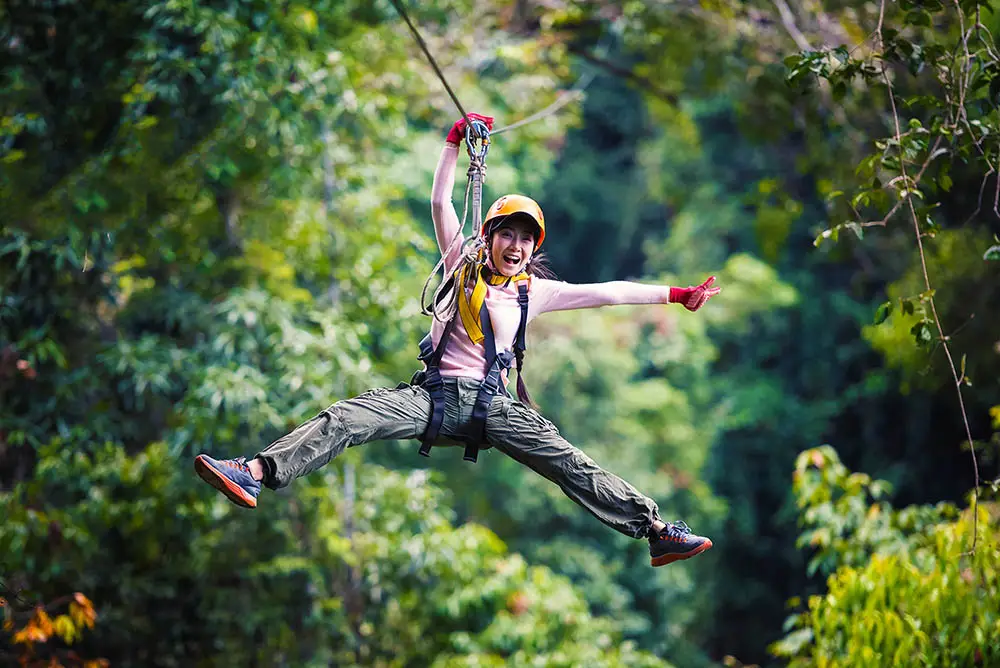
Challenges and the Future of the Amazon
Despite its stunning beauty and biodiversity, the Peruvian Amazon faces serious challenges. Deforestation, illegal mining, and the unsustainable exploitation of natural resources are some of the main threats to the region. These issues not only endanger local fauna and flora but also affect indigenous communities that rely on the forest for their survival.
However, many efforts are underway to counter these threats. Local and international organizations, along with the Peruvian government, are working to implement sustainable practices, strengthen protected areas, and raise awareness about the importance of preserving this invaluable ecosystem. The Amazon is crucial in the fight against climate change, as it acts as a vital carbon sink, helping to regulate the global climate.
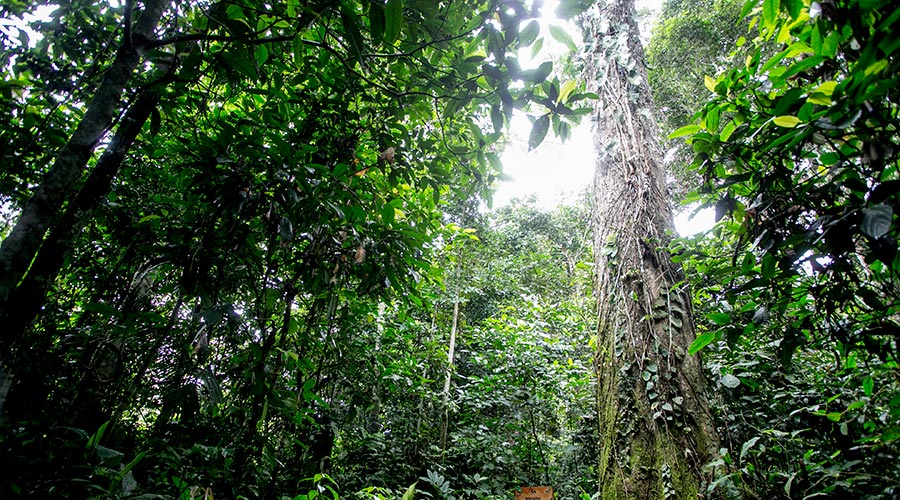
A Call for Conservation
The Peruvian Amazon is a natural treasure that we must protect. Its unique biodiversity, the cultural richness of its inhabitants, and its crucial role in the health of the planet make it a region of global importance. By exploring the Amazon, travelers not only have the opportunity to experience one of the natural wonders of the world but also to actively participate in its conservation.
